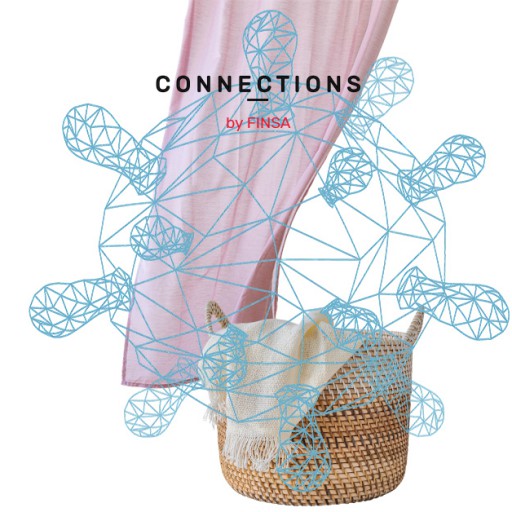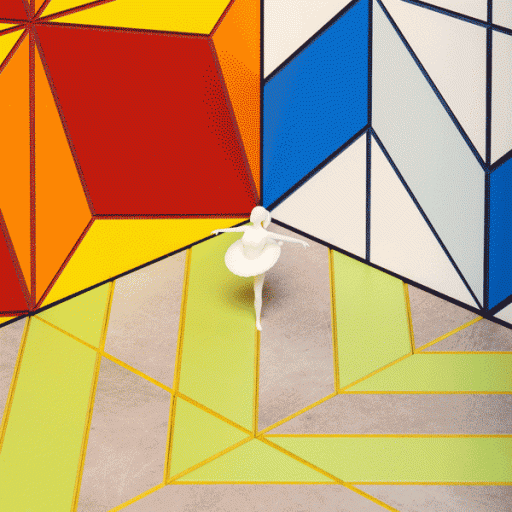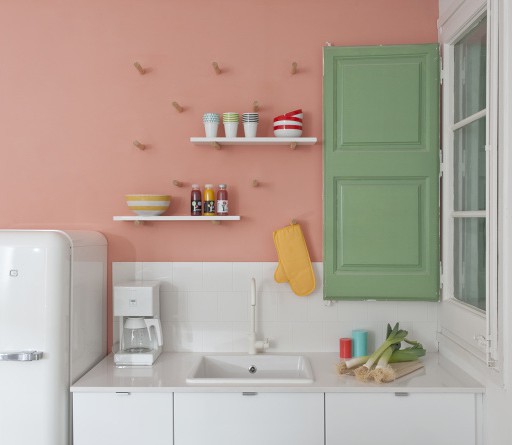Efficiency and sustainability have made flexibility a key criterion in many architecture and interior design projects. Sectors such as hospitality, retail, and workplace are embracing truly flexible functionality, creating a synergy between form, purpose, and business through the creative reuse of spaces. We will explain how this concept is conceived and share some successful examples.
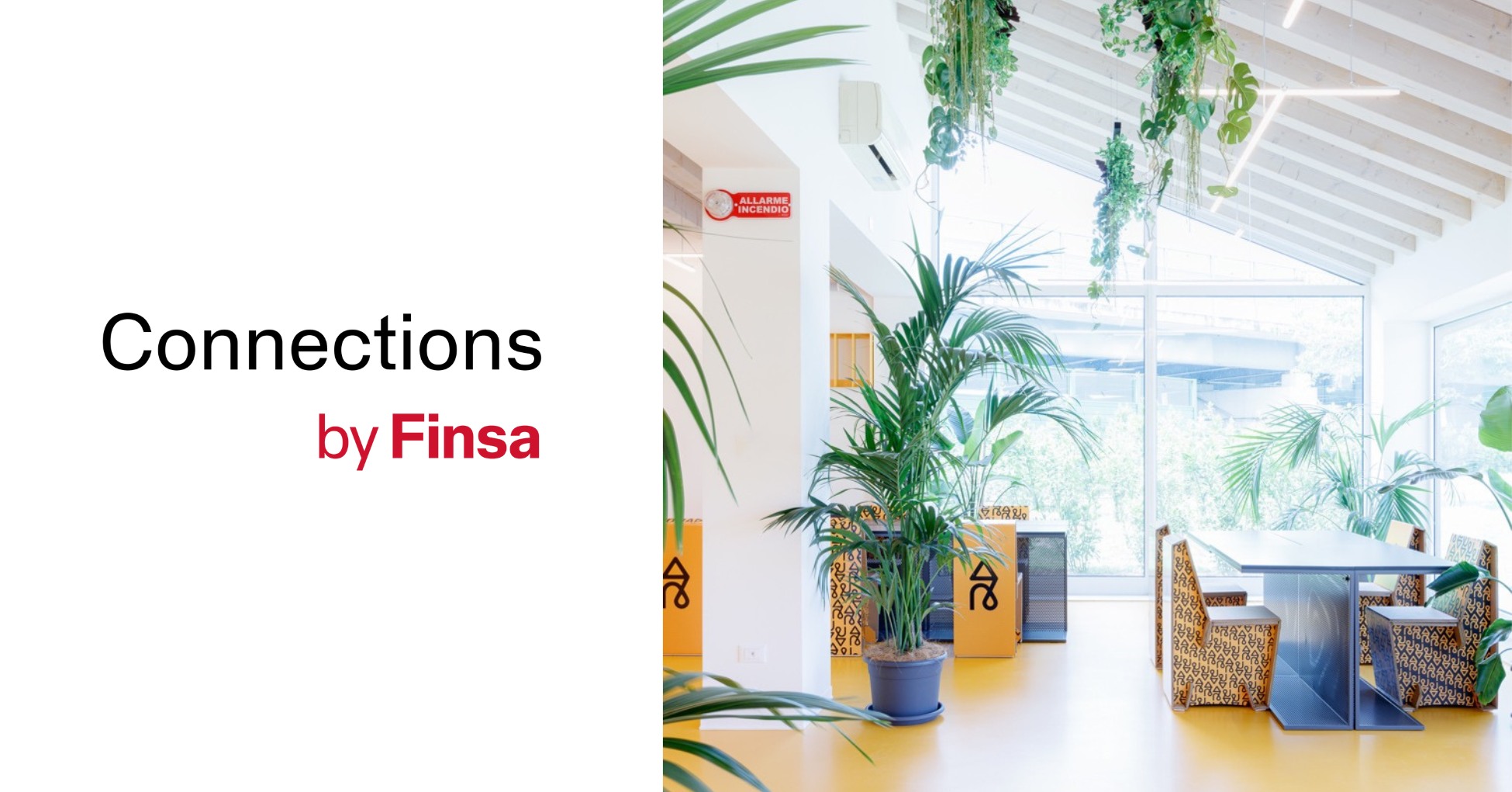
Flexible functionality: beyond modularity
Flexible functionality goes beyond creating an environment that simply adapts to different functions throughout the day or according to user needs. It is a holistic design philosophy that considers every element – from furniture to lighting and decoration – as a strategic and business tool.
In the hospitality world, for example, this approach allows hotels and restaurants to maximize the utility and appeal of every square meter, adapting not only to customer expectations but also to evolving business models. An example of this can be seen in the hybridization of workspitality.
Creative reuse: spaces with a second life
Creative reuse emerges in response to the demand for maximizing square footage, transforming previously underutilized areas into environments with new value. This is timidly observed in hotel corridors and lobbies, which were considered dead zones until recently, and are now being reinvented as vibrant places for leisure or as telework nooks.
A notable example is the Standard Hotel in London, which transformed a windowless room into a recharge sanctuary where guests can experience an immersive multisensory journey: The Retiring Room. The approximately 20-minute sound installation is an adventure that begins the moment a guest receives the room key, inviting them to embark on a sonic journey designed to provide an escape from daily life’s hustle and bustle. Described as a deep listening experience, it offers a cathartic pause from wandering thoughts, inducing feelings of calmness and rejuvenation. The avant-garde sound design is inspired by the body’s natural circadian cycle, aiming to enhance mood, energy, and concentration. This approach has not only maximized habitat use but also added invaluable appeal, turning what could be seen as a flaw – the lack of natural light – into a unique attraction.
Ver esta publicación en Instagram
In offices, the challenges of open-plan designs have sparked reflection on spaces that promote concentration and collaboration without sacrificing flexibility, adapting to hybrid work practices that are redefining the nature of work itself. In this regard, office equipment manufacturers are evolving from furniture providers to creators of comprehensive organizational systems, reflecting the need for environments that accommodate a variety of activities and work style.
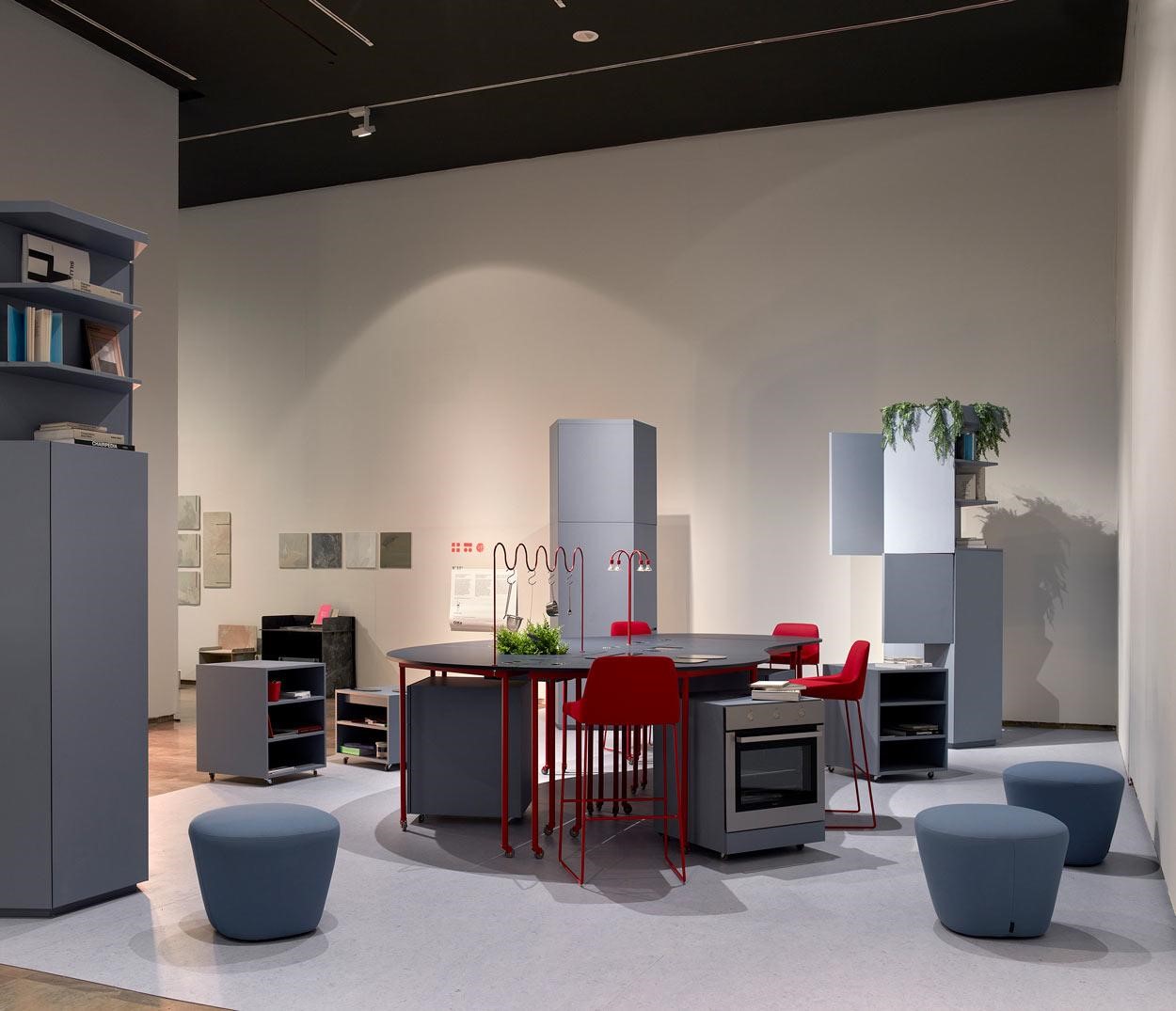
The case of Nomad in Treviso, Italy, illustrates this trend by reconfiguring an abandoned agricultural building into a multifunctional space housing a bar, workspace, and hostel. The design’s flexibility was conceived by RCAA through its detachable modular furniture, allowing for easy reconfiguration without the need for reconstruction. The interior design features a unified aesthetic with a golden yellow hue that nods to the region’s Venetian past. The use of local equipment and adjustable lighting, along with a focus on natural light and views, enhance resilience.
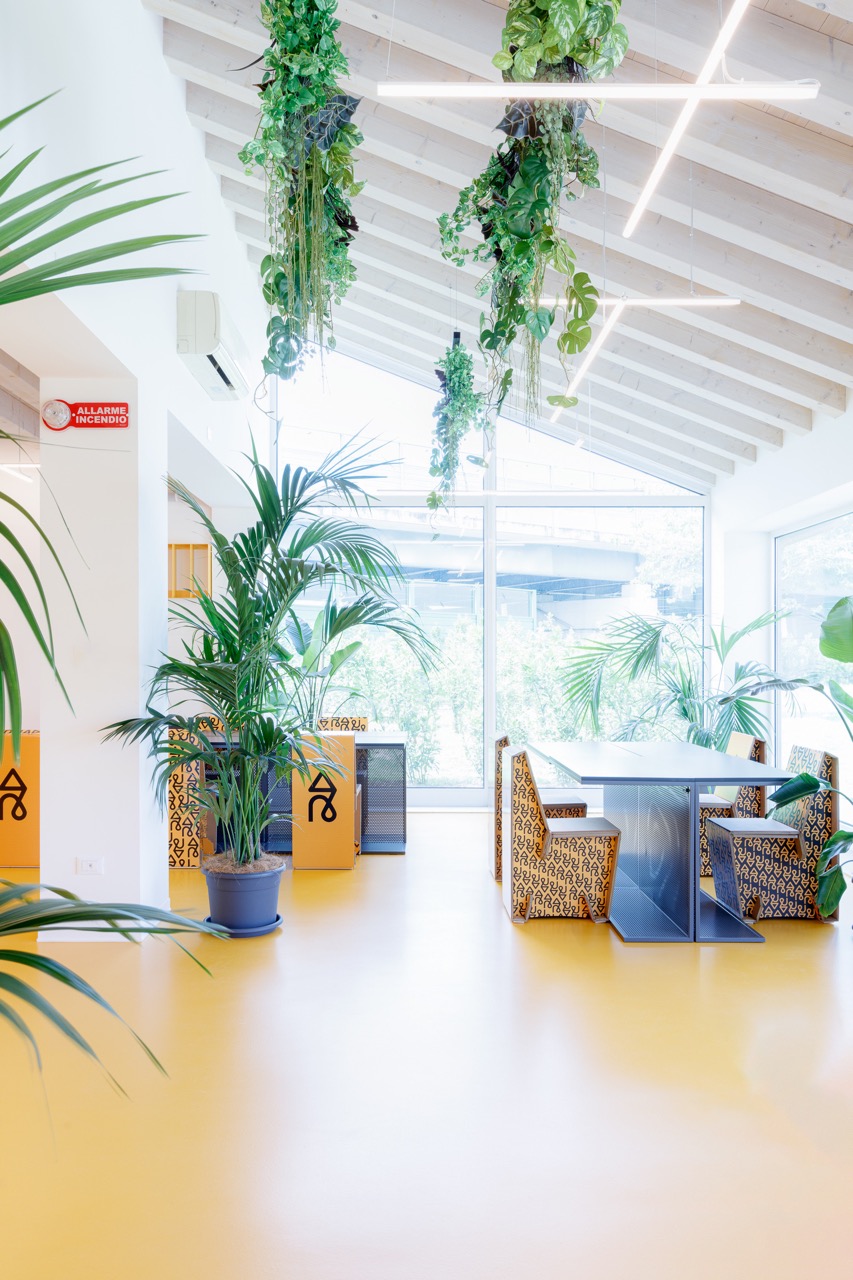
Towards a sustainable and adaptable future
Flexible functionality and creative reuse are more than design trends; they are reflections of a society that values sustainability, adaptability, and efficiency. By reinventing spaces with an approach that balances aesthetic, functional, and business demands, architecture and interior design professionals are laying the groundwork for a future where interior design is not only beautiful but also deeply resonant with the ways we live, work, and relate to one another.
The spatial revolution is not just about creating areas that conform to various uses. It goes further, delving into the symbiotic relationship between habitat and the underlying business model. Design has now become a fundamental tool for enhancing the direct customer experience and, in turn, serves as a strategic and business lever. Resilience and investment efficiency become paramount, thus providing lasting solutions for a future we anticipate will continue to change constantly. Do you already have a clear idea of how you will design tomorrow?


